Here are some other solutions that can be used to ICS security challenges.
1. System and Information Integrity
System and information integrity ensure that sensitive data is not updated or removed in an unauthorized and undiscovered manner. The NIST SP 800-53 System and Information Integrity (SI) family of security controls includes rules and processes for discovering, reporting, and repairing information system defects. There are also controls in this family that detect and defend against unauthorized modifications to software and data, give data input and output limitations, check for data accuracy, completeness, and validity, and manage error conditions. However, they may not be suited for all ICS applications.
2. Access Controls
All-access control examples are viewing, using, and modifying certain data or device functionalities.
There are also controls in place to address the usage of portable and remote devices and privately owned information systems to access the information system, as well as remote access capabilities and wireless technology implementation.
3. Awareness and Training
Before authorization to use any information system is granted, the security controls for Awareness and Training offer policy and processes for ensuring that all system users are provided with basic information system security awareness and training materials.
Training for employees must be tracked and documented.
4. Audit and Accountability
Audit and Accountability (AU) security controls define policies and methods for generating audit records and their content, capacity, and retention requirements.
Data from audits should be safeguarded against tampering and made to be non-reputable.
5. Security Assessment and Authorization
Accepting residual risk and allowing system operation is the responsibility of a senior organizational official. These are the steps that makeup accreditation. Furthermore, all security controls should be continuously monitored.
6. Configuration Management
Controls for preserving, monitoring, and documenting configuration control modifications are also defined. Access to configuration settings should be restricted, and IT product security settings should be the most restrictive mode consistent with ICS operational needs.
7. Contingency Planning
In an emergency, system failure, or disaster, contingency plans are meant to preserve or restore business operations, including computer functions, maybe at a different site.
Controls exist for contingency training, testing, and plan updates, as well as backup information processing and storage sites, in addition to planning.
8. Identification and Authentication
Security controls provide policy and advice for identifying and authenticating individuals and devices within an information system. Various elements can determine a person’s, device’s, or system’s authenticity, including something you know, something you have, or something you are.
9. Incident Response
Preparation, detection, analysis, containment, eradication, and recovery are steps in dealing with a security event. Controls also include human incident response training and testing an information system’s incident response capacity.
10. Maintenance
The Maintenance (MA) family of security controls establishes policy and processes for performing normal and preventative maintenance on information system components. This involves the management of maintenance staff and the use of maintenance tools (both local and remote).
11. Media Protection
Media Protection (MP) is a set of policies and procedures for restricting access to media to only authorized users. There are additional controls in place for labeling media for distribution and handling needs, as well as for storage, transport, sanitization (the removal of data from digital media), destruction, and disposal.
12. Physical and Environmental Protection
Controls for physical access, keeping logs, and dealing with visitors are among them. This family also contains controls for the deployment and management of emergency protective measures such as IT system emergency shutdown, power and lighting backup, temperature and humidity controls, and fire and water damage prevention.
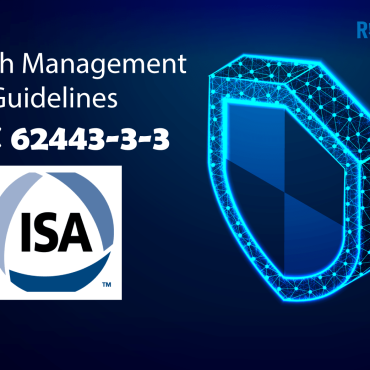

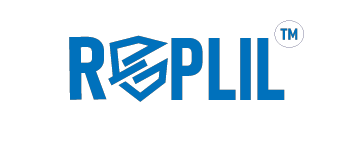
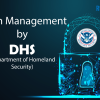



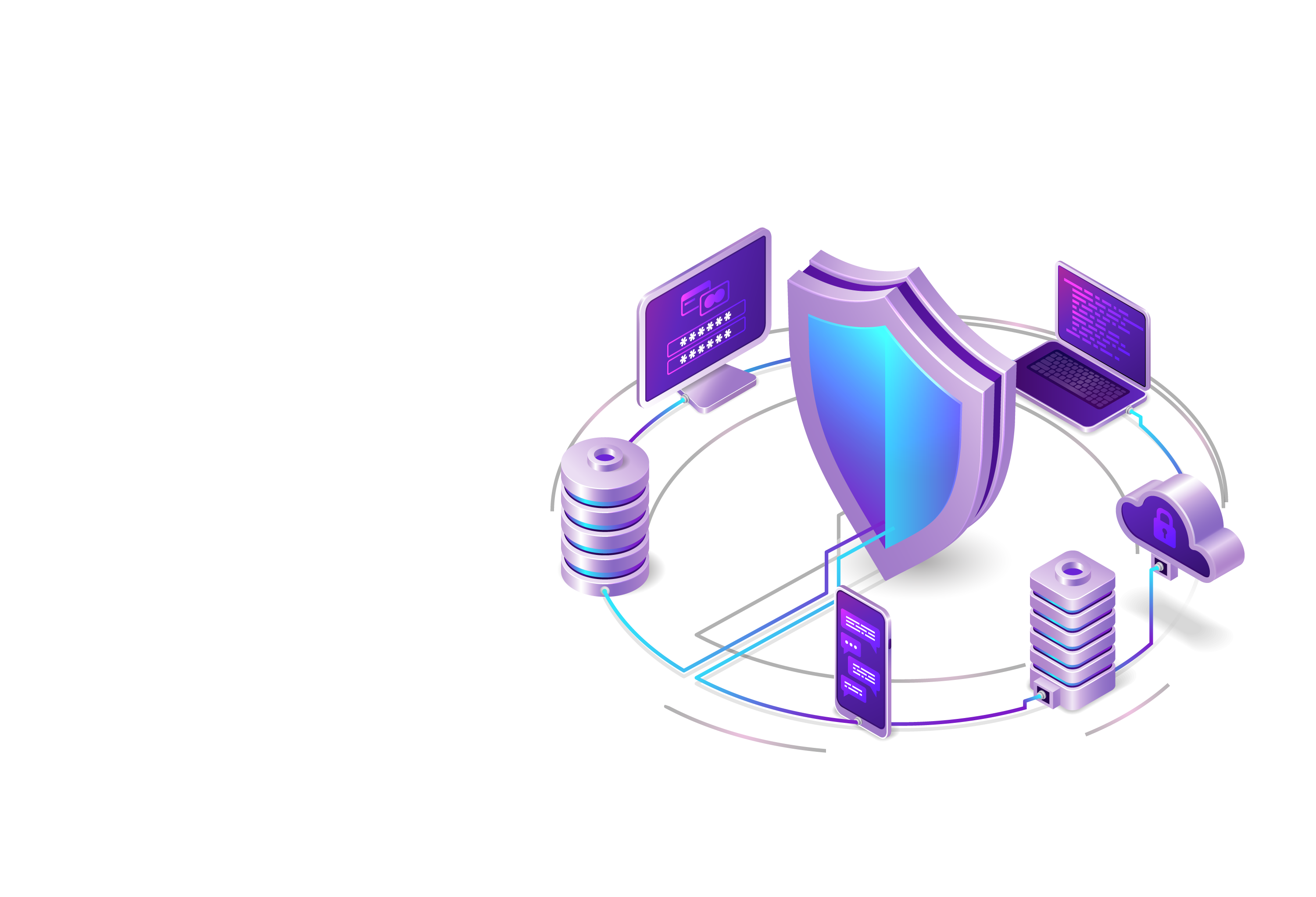
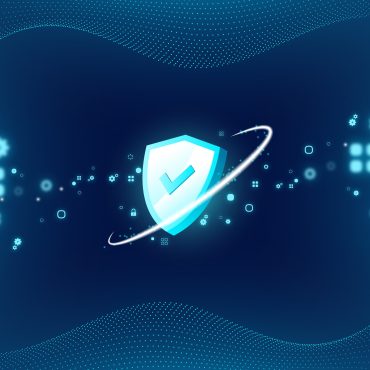
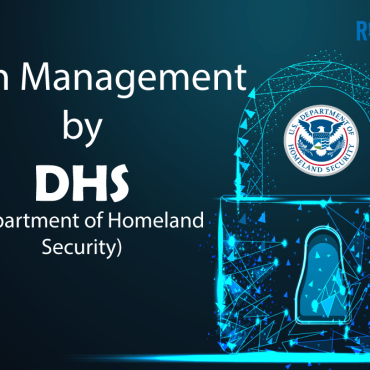


Post comments (0)